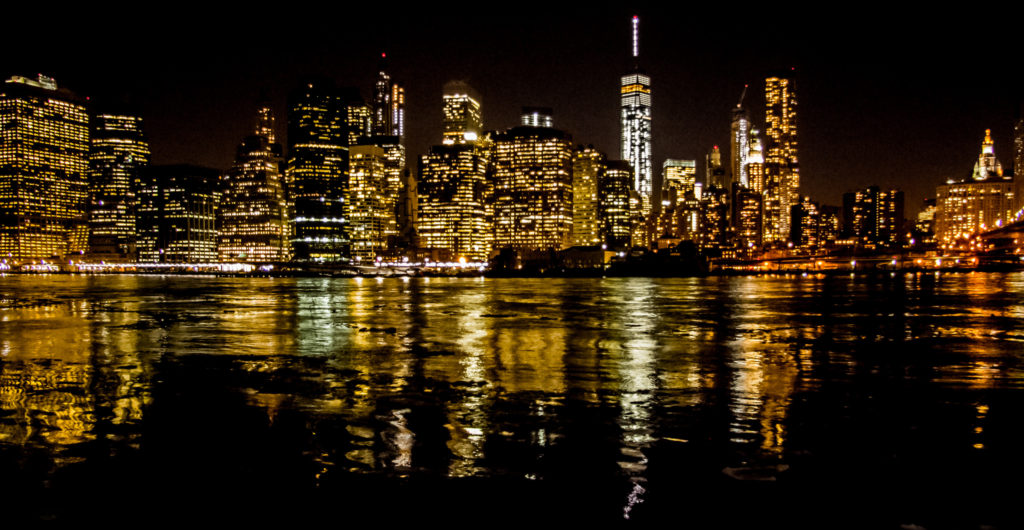
The luminous glow of the Milky Way, the galaxy that contains our Solar System, has inspired everything from stories and songs to paintings and poems for centuries. But now one third of the people on the planet – including 80% of Americans and 60% of Europeans – cannot see the Milky Way at night because of light pollution. Nighttime light pollution now covers nearly 80% of the globe.
This obviously wasn’t always the case. But over the past 50 years, light pollution has increased about 6% every year in North America and Europe. These findings, recently highlighted in the journal Science, suggest this problem is only going to get worse unless regulatory action is taken.
Singapore has the world’s most light-polluted skies, followed by Kuwait, Qatar, and the United Arab Emirates. The top 10 least light-polluted countries are found on the continent of Africa.
Why should we care? Well, light pollution affects more than just our view of the stars. For example, studies have shown that the over-saturation of light can alter our circadian rhythm (thus affecting the production of some of our hormones) as well as disrupting our sleep cycle. Wildlife is affected as well. For instance, too much light can kill baby turtles by causing them to head inland instead of into the ocean, cause birds to migrate during the wrong season, and deter nighttime pollinators like bats. And those are just a few of the examples.
Light pollution is not something that can be solved immediately by simply turning all the lights off at night. While this would certainly help, researchers note that some irreversible damage has already been done. More awareness is needed – with regulations to follow – if we want to avoid sending our planet into a permanent twilight.
**********
Web Links
Nighttime light pollution covers nearly 80% of the globe
Photo, posted February 28, 2015, courtesy of Andrew Moore via Flickr.
‘Light Pollution’ from Earth Wise is a production of WAMC Northeast Public Radio.